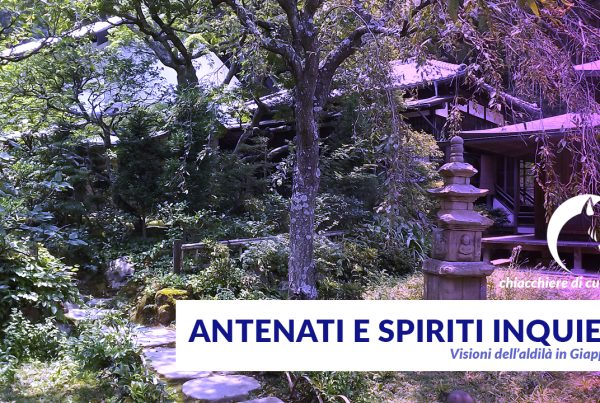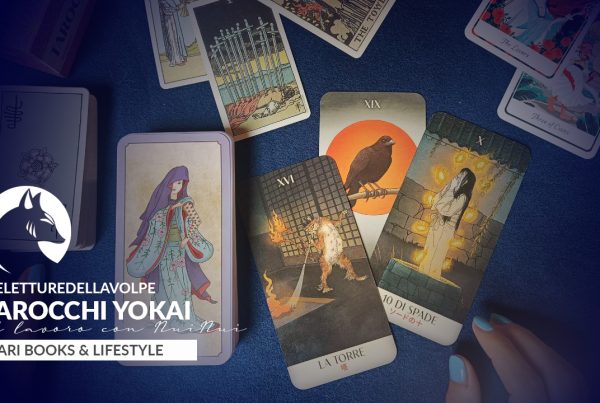Talking about Japanese folklore facts, I can’t but share with you my experience at the Mt. Osore, and the tradition connected to the spirits of the dead. If you remember when we talked about itako, these shamans have been long associated (at least in the popular culture) with that of Osorezan, the Hell Mountain located in Northern Aomori. While their activity is clearly broader thant that performed at the mountain, this is an undeniably powerful element that concurred in recent years to the popularity of itako themselvs. The Osorezan is infact the most important sacred place of Tōhoku, celebrated as the hells’ mountain, and its volcanic slopes are considered the physical representation of the different buddhist afterworlds.
Osorezan through Japanese history
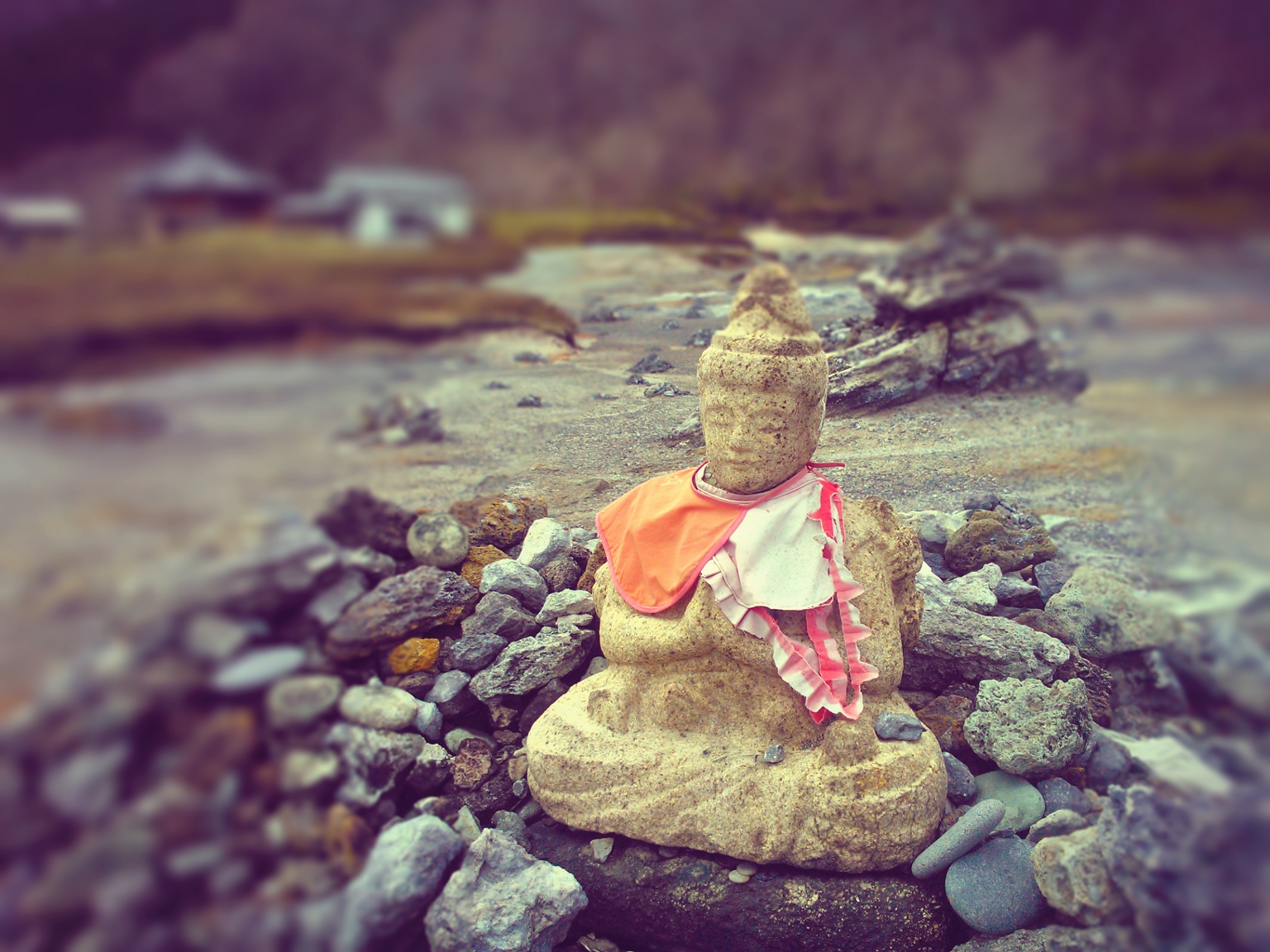 Today the Osorezan is best known for the July Taisai, during which the souls of the dead – usually dwelling in the premises – are thought to seek the contact with their relatives who often visit the mountain from all around the country. The itako are now a solid element of this image, and they gather every year for the whole length of the Taisai, in the area in front of the Bodaiji, the Sōtō Zen temple of the Osorezan; here they place their tent, and from early in the morning to late at night perform the kuchiyose for the visitors.
Today the Osorezan is best known for the July Taisai, during which the souls of the dead – usually dwelling in the premises – are thought to seek the contact with their relatives who often visit the mountain from all around the country. The itako are now a solid element of this image, and they gather every year for the whole length of the Taisai, in the area in front of the Bodaiji, the Sōtō Zen temple of the Osorezan; here they place their tent, and from early in the morning to late at night perform the kuchiyose for the visitors.
The popularity of this place arose around the mid-50s, when the Osorezan practices caught the attention of the mass media, and have been recognized and assimilate from the society as part of their cultural heritage. The mass media affirmed the ancient and primitive origin of these practices, in particular as practices connected with the other world and the spirits of the dead; they also identify the Bodai-ji (the great temple at the mountain) as the “itako temple”, creating therefore a deep connection between the place and the activity of the shamans. The itako, in fact, started to appear in the newspaper and in the book or magazines, in particular in connection with the rediscovery of the Osorezan and the beliefs connected.
Osorezan, or Mount Dread
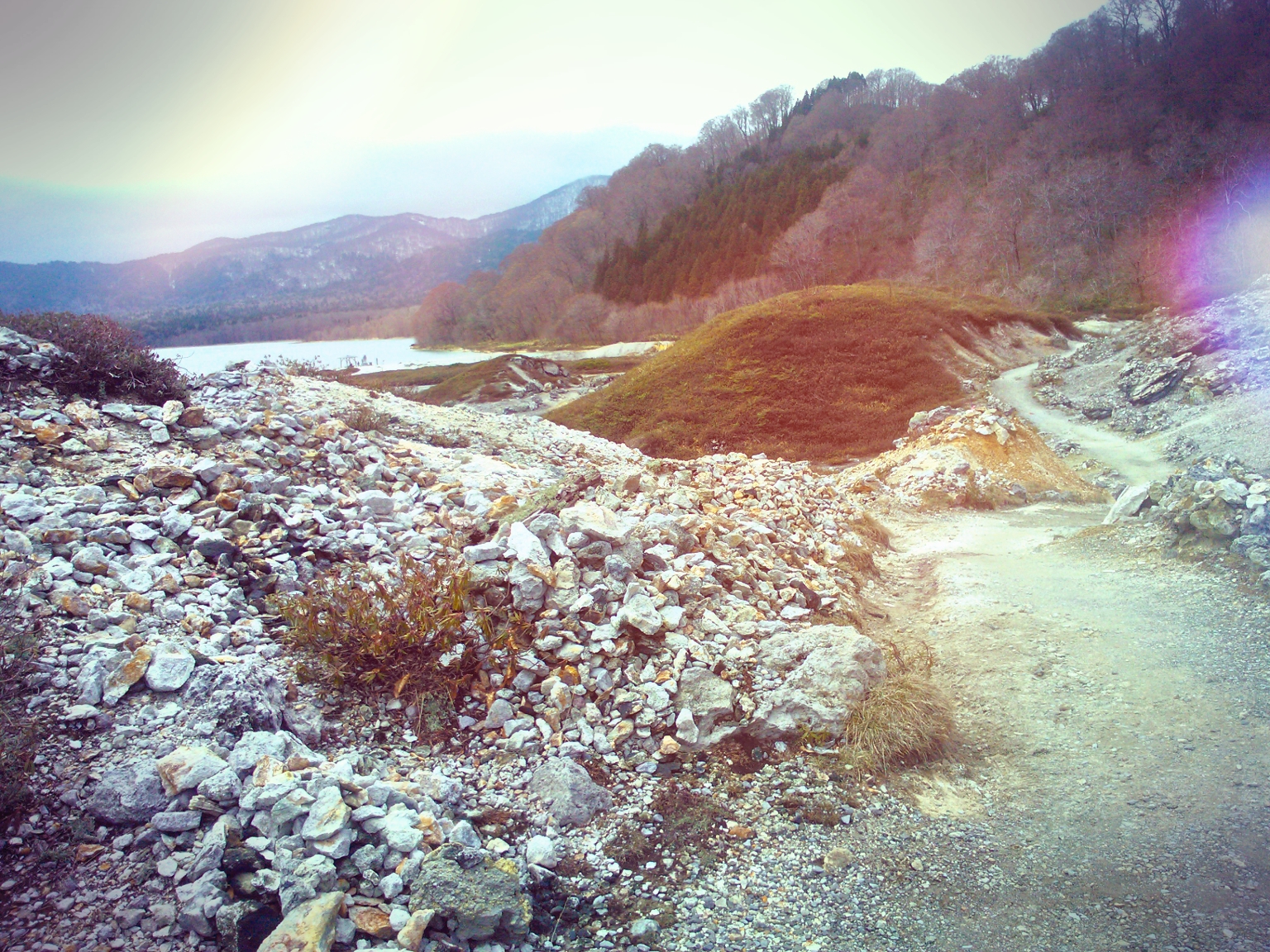 Osorezan, whose name is usually translated as “Mount Dread”, is a mountain located in the center of the Shimokita peninsula, in the northern part of Honshu; this isolated location at the limits and boundarie of Japan’s main island brought a sense of old practices still surviving, and the area was sometimes described as an unexplored region, hikyō.
Osorezan, whose name is usually translated as “Mount Dread”, is a mountain located in the center of the Shimokita peninsula, in the northern part of Honshu; this isolated location at the limits and boundarie of Japan’s main island brought a sense of old practices still surviving, and the area was sometimes described as an unexplored region, hikyō.
Orosezan is a volcano; this causes the view to be dominated by rocks, steam vents, and sulfurous pools, with a clear blue lake, the Usoriko where no life can survive the sulfure. Throughout Japanese history, this place became to be known as the mountain of hell, the location where the dead continue to live a parallel life, and where it was possible to experience the encounter with death, through a series of practices for consoling, pacifying and communicating with the spirit of the deceased, particularily during the Taisai festival at the end of July.
The other world of Japanese Buddhism
 Mount Osore is a double other world, a place in which people are allowed to remember and at the same time distance loss, and to communicate with that loss, through itako’s kuchiyose. It has attained notoriety in mass media both as a memento of something original and ancient to the Japanese spirits and as an uncanny location of the dead. It is a powerful metaphorical edge because it is concurrently an image of the unrecoverability of an almost lost tradition, and at the same time of personal loss.
Mount Osore is a double other world, a place in which people are allowed to remember and at the same time distance loss, and to communicate with that loss, through itako’s kuchiyose. It has attained notoriety in mass media both as a memento of something original and ancient to the Japanese spirits and as an uncanny location of the dead. It is a powerful metaphorical edge because it is concurrently an image of the unrecoverability of an almost lost tradition, and at the same time of personal loss.
As such, Mount Osore has become a powerful site for the enactment of allegories of loss, a staging ground for practices that linger on the verge of vanishing
M. Ivy
The Osorezan Taisai – a celebration for the dead
the Osorezan Taisai is held every year in July; the attendance is variegated with metropolitan and foreign tourists, local worshipers, journalists, each carring different conceptions and expectation about a possible contact with the deceased, and the curiosity for what is perceived as a vanishing past tradition, a folkloric and marginal dimension. It recalls the traditional image of the mountain as the abode of the supernatural powers (kami, spirits and dead), and in a way it takes advantage of its peculiar topography and location thus underlining an image as a dreadful other world where the dead and the living exist together side by side. From a local site of death specific to the people living nearby, Osorezan’s notoriety expanded to become a national reijō (spiritual place), emerging as a powerful site well know as far as Tokyo or Osaka.
During the Taisai festival, the temple holds an official range of rites aimed at memorializing the dead, aimed at pacifying the dead by remembering them through kuyō offerings, prayers, and recitations of scriptures; through remembrance the living hope to console the dead, to avoid their rage and to prevent them to cause trouble.
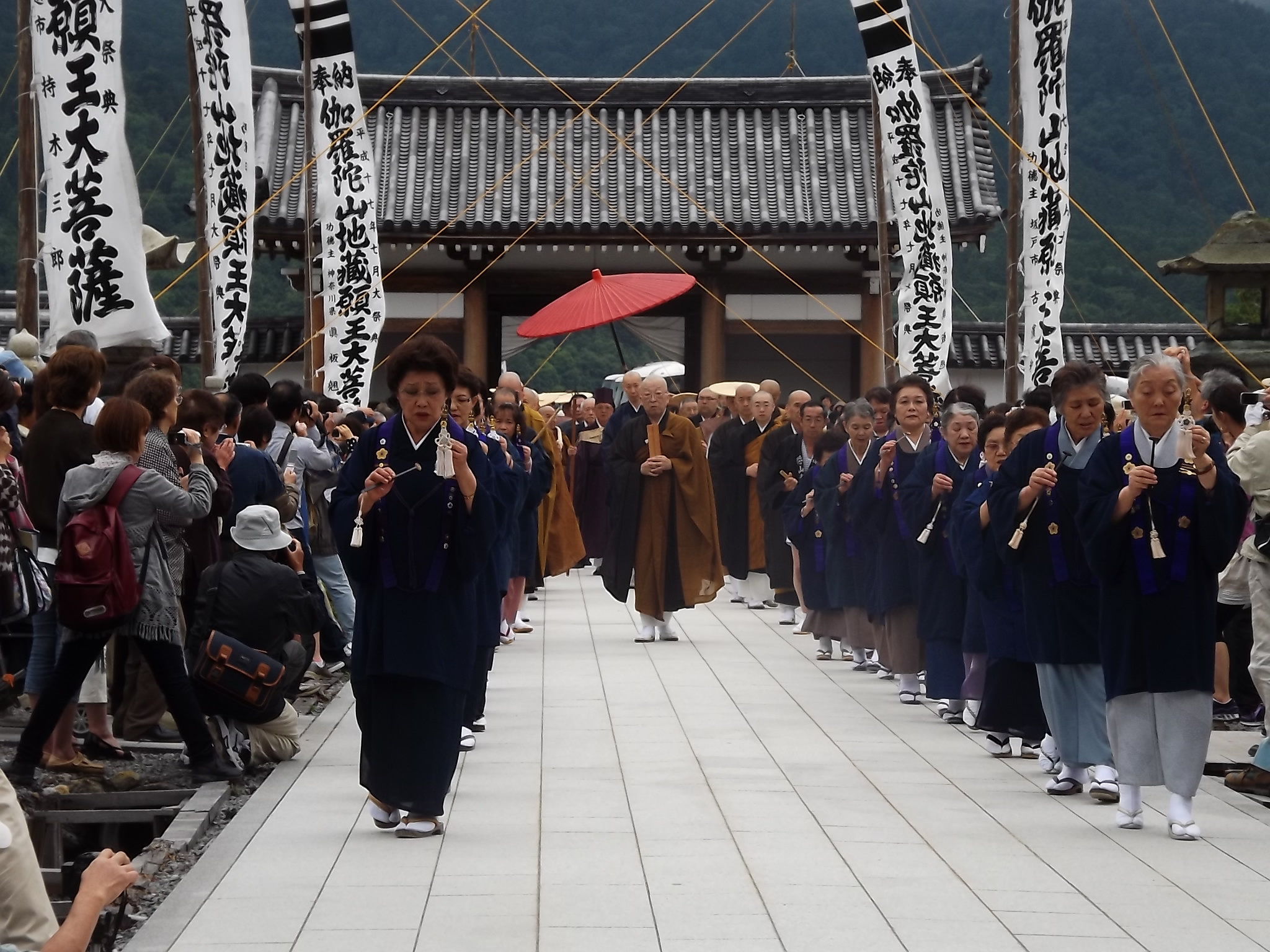 Aside from kuyō (clearly of Buddhist origin) the Mount Osore offer other ways to enter in contact with the dead, not always with the complete acceptance of the temple authorities, in particular through the cult of Jizō; Osorezan, as the physical representation of Hell, is indeed the perfect location for the compassionate and redeeming activity of Jizō who rescues the dead from the damnation of hells.
Aside from kuyō (clearly of Buddhist origin) the Mount Osore offer other ways to enter in contact with the dead, not always with the complete acceptance of the temple authorities, in particular through the cult of Jizō; Osorezan, as the physical representation of Hell, is indeed the perfect location for the compassionate and redeeming activity of Jizō who rescues the dead from the damnation of hells.
In Shimokita, there are several Jizō-kō, religious associations centered around Jizo, that represented the basic reference for the mountain practices; these associations represent together with the local households the main clientele for itako, also outside the scope of the mountain, in particular for their activy of kamigoto or kuchiyose.
Recalling what Ivy wrote about the place, Mount Osore is conceived as one vast memorializing system, through which the dead can be properly remembered; even in the absence of an actual graveyard site, the overabundance of memorial tablets, giving offerings, and performing rituals are aimed to console the muenbotoke, the dead without bonds.
People usually come here to to buy a tōba (or wooden memorial stupa) as a gesture of commemoration; in this way, the tōba represents (and substitutes) the dead person’s body, and stresses the connection between death, memory and significance. The believers hand it to workers in the chapel, while incense is lightened and they wait; the priest intones a sūtra, then the tōba is handed back to their ownersm who set them up in the ground, at the tōbajō, and after that worshippers sit, talk, eat and drink together.
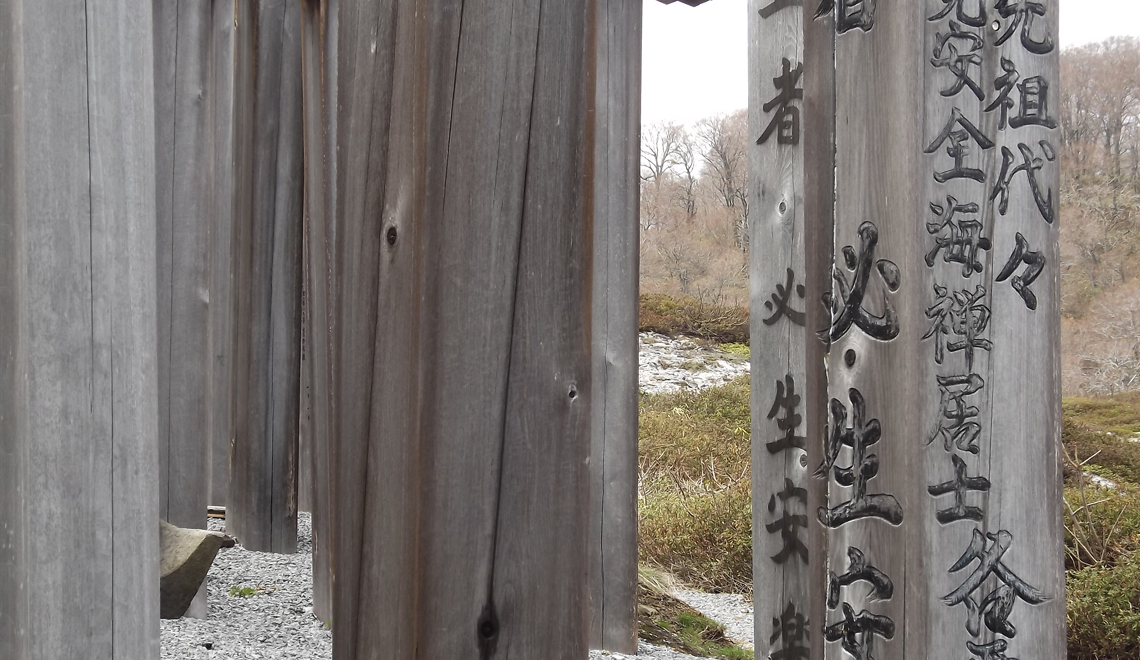 The absense of the graves at Osorezan allows an abstracted notion of death, and it is thus detached from the dead’s physical remains. In this way Mount Osore interrupts the connections between death, remains and family graves, and becomes a generalized site of death in which all the ancestors are memorialized and the tobajō functions as a substitute graveyard, offering visitors the notion that in this place death is ordered and put under control. This mechanism leads to distancing death and transform the tobajō in a place where no actual expression of grief takes place, since death has been clearly demarcated, and it is now the domain of controlled, orderly ancestorhood. It is common to see here, as in other areas predisposed for memorialization, people relax and enjoying their time together, because they have done all that is necessary; having remembered the dead person and marked that remembrance with a memorial symbol, prevented the danger of being surprised by sudden and frightening encounter with the dead.
The absense of the graves at Osorezan allows an abstracted notion of death, and it is thus detached from the dead’s physical remains. In this way Mount Osore interrupts the connections between death, remains and family graves, and becomes a generalized site of death in which all the ancestors are memorialized and the tobajō functions as a substitute graveyard, offering visitors the notion that in this place death is ordered and put under control. This mechanism leads to distancing death and transform the tobajō in a place where no actual expression of grief takes place, since death has been clearly demarcated, and it is now the domain of controlled, orderly ancestorhood. It is common to see here, as in other areas predisposed for memorialization, people relax and enjoying their time together, because they have done all that is necessary; having remembered the dead person and marked that remembrance with a memorial symbol, prevented the danger of being surprised by sudden and frightening encounter with the dead.
Japanese religions: Osorezan and Itako
The early history of this relationship is unclear; some researchers state that the itako did not climb Osorezan until after the Meiji state started discouraging the activities as occult arts and superstitions, forcing the blind practitioner to retreat out into the countryside or mountain. Sakurai Tokutaro suggests that few wandering itako may have started working at Osorezan during the mid XVIII century but states that in all reports and descriptions of the mountain from the era there is no mention at all of itako.
As we mentioned, in the postwar period, the word itako is widely employed in connection with the Osorezan practice and the Taisai festival; the mass media and in the travel magazines, in particular the periodical Tabi (“Travel”) devoted several interesting articles to the itako shamanism and its relation with the mountain. The itako became therefore the only specialist who could carry on this function, and so her fame remained closely related to the one of the mountain, and to the mystery surrounding the people who walk through the place.
While the mountain is the chosen place for the interaction with the dead, the itako are declared the only specialists who can actually function as mediator; their fame is therefore closely entwined with that of the mountain. This led to the itako boom of the Sixties, when these religious specialists started to surpass the Osorezan in celebrity, thus operating a shift in the focus of the media articles and reports; while in the previous time, the mountain was the main focus of the interest, with its frightful and ancient atmosphere, now is the shaman herself who becomes the undisputed protagonist in the print media.
If you are interested in the topic, I can’t stress enough how inspiring Ivy’s work was for me. You can find Discourses of the Vanishing on Amazon, probably also as an ebook. There are also some several articles she wrote, that I suggest you consider!

